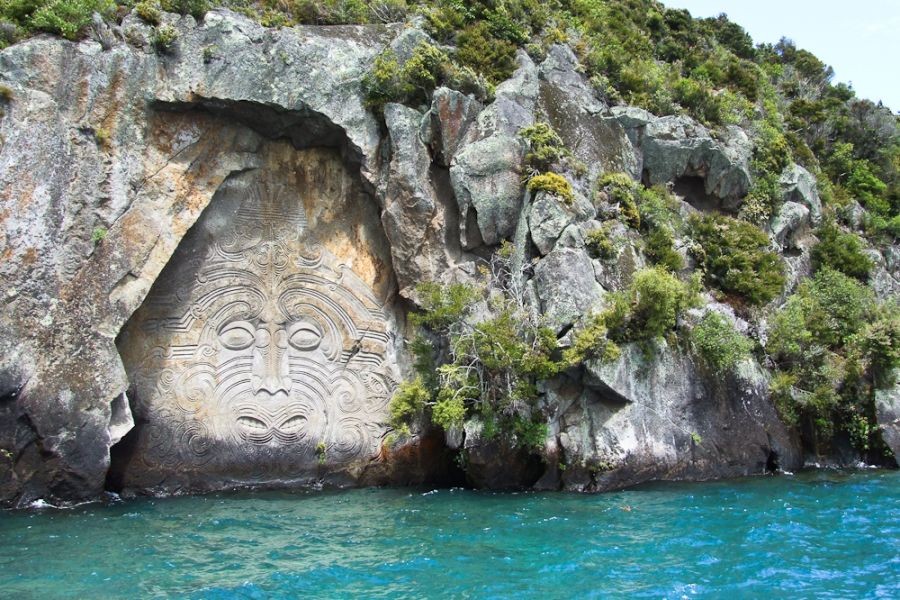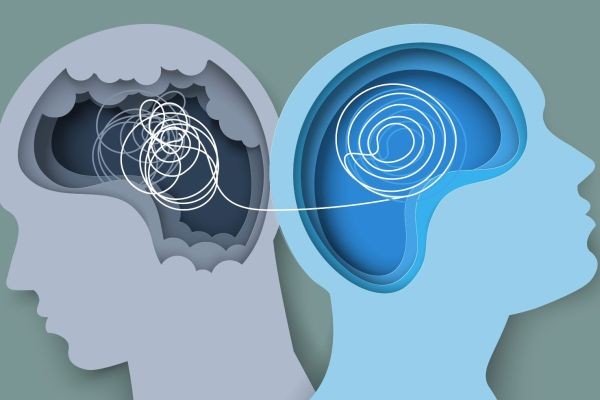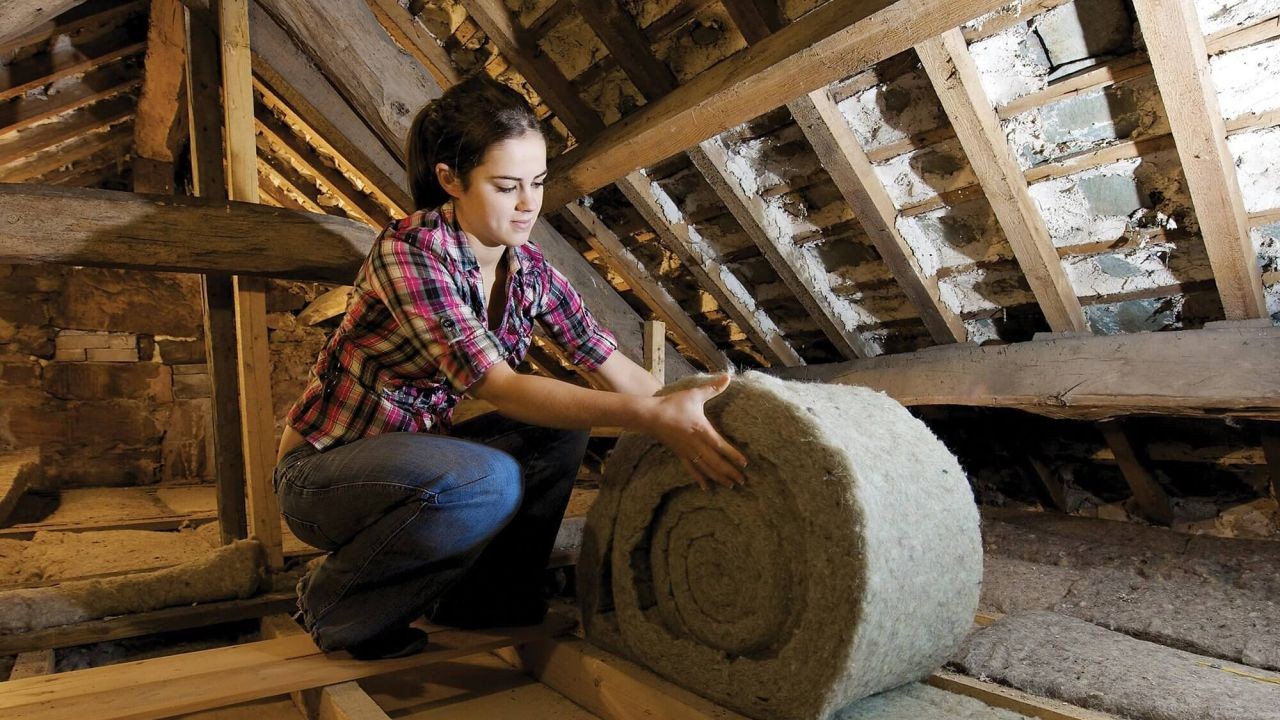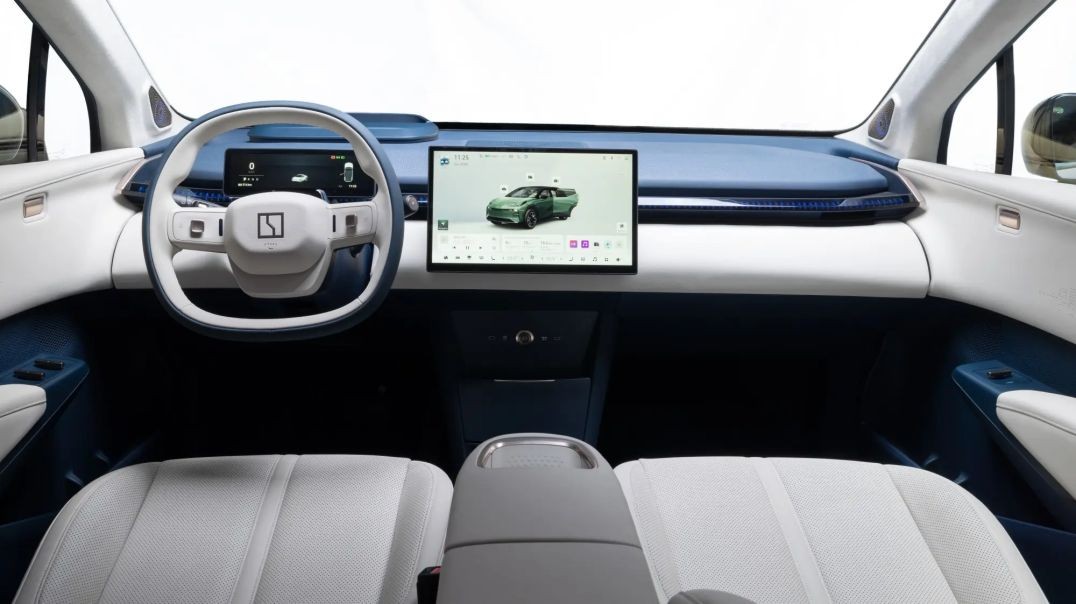Imagine standing at the foot of a towering, intricate carving that has withstood centuries, feeling the deep whispers of history echoing from its every curve and scar. This is the profound experience awaiting you at New Zealand's sacred Māori sites, where the past and present coexist in harmony, narrating stories of identity, resilience, and spirituality. For tech enthusiasts, these sites offer more than just a glimpse into cultural heritage; they are a testament to the enduring power of storytelling in a digital age dominated by fleeting bytes of information. Understanding the significance of these sites is crucial in a world where technology and tradition often seem at odds.
The Intersection of Tradition and Technology
New Zealand's Māori culture is not merely an artifact of the past but a vibrant part of the country's social fabric. With industries like tourism contributing significantly to New Zealand's economy—tourism accounted for 5.8% of the GDP in 2020 (Stats NZ)—these cultural sites are pivotal both economically and culturally. As tech enthusiasts, there’s an opportunity to see how technology can enhance the preservation and appreciation of these sacred locations.
Case Study: Te Puia in Rotorua
Problem: Te Puia, home to the New Zealand Māori Arts and Crafts Institute, faced the challenge of preserving its cultural heritage while remaining relevant in a modern world.
- Visitor numbers were stagnating, and there was a need to attract a younger audience.
- Data from the New Zealand Tourism Board indicated a growing interest in interactive experiences among millennials.
Action: Te Puia integrated augmented reality (AR) into its visitor experience.
- Visitors can use an app to see digital re-creations of historical events and figures as they tour the site.
- This initiative was supported by a partnership with a local tech company specializing in AR.
Result: After implementing AR technology, Te Puia saw a 30% increase in visitor numbers over six months.
- The demographic profile shifted, with a 40% increase in visitors aged 18-35.
- Feedback highlighted the enhanced engagement and educational value of the AR features.
Takeaway: Technologies like AR can breathe new life into traditional sites, making them more accessible and engaging for a tech-savvy audience. This case study underscores the potential for technology to serve as a bridge rather than a barrier to cultural exploration.
Expert Insights: Balancing Modernization with Preservation
Dr. Aroha Harris, a renowned historian and Māori cultural expert, emphasizes the importance of approaching these sites with respect and understanding. "Technology should enhance our connection to the past, not overshadow it," she advises. Her insights highlight the delicate balance required when integrating modern tools into traditional settings.
Comparative Analysis: Global Trends and Local Applications
Globally, cultural sites have embraced technology to varying degrees. The Louvre's virtual tours and the British Museum's online collections are prime examples of how digital platforms can increase accessibility. For New Zealand, similar strategies could expand the reach of Māori culture beyond physical boundaries, aligning with the government’s digital strategy to enhance cultural education and preservation.
Pros and Cons of Technology in Cultural Site Preservation
Pros:
- Increased Accessibility: Digital tools make cultural experiences available to a global audience.
- Interactive Learning: AR and VR can turn passive visits into interactive educational journeys.
- Preservation: Digital archives can safeguard historical data against physical decay.
Cons:
- Over-commercialization: There's a risk of reducing cultural sites to mere tourist attractions.
- Authenticity Concerns: Digital enhancements may alter the original experience.
- Resource Intensive: Implementing and maintaining technological solutions can be costly.
Common Myths & Mistakes
Myth: Technology diminishes cultural authenticity.
Reality: When used thoughtfully, technology can enhance the authenticity of cultural experiences by providing deeper insights and context. For example, AR can recreate historical settings, offering a glimpse into the past that static displays cannot.
Myth: Digital experiences will replace physical visits.
Reality: While digital tools can complement physical visits, they are unlikely to replace the tangible experience of being present at a site. The sensory engagement of being on-site is irreplaceable and crucial for cultural appreciation.
Future Trends and Predictions
The integration of AI and machine learning could further personalize visitor experiences at Māori sites. By 2028, it is predicted that AI will enable bespoke cultural tours tailored to individual preferences, enhancing engagement and learning outcomes. This aligns with New Zealand's strategic emphasis on innovation and technology to drive economic growth, as outlined by the Ministry of Business, Innovation, and Employment.
Conclusion
Visiting New Zealand's sacred Māori sites offers an opportunity not just to witness history but to engage with it in meaningful ways. For tech enthusiasts, these sites serve as a reminder of the potential for technology to deepen our understanding of the past, rather than detract from it. As you plan your visit, consider how you can contribute to the preservation and appreciation of these cultural treasures. Ready to explore? Share your experiences and insights with us in the comments below!
People Also Ask (FAQ)
- How does technology enhance the experience of visiting Māori sites? Technology like AR and VR offers interactive learning, turning traditional visits into immersive educational journeys.
- What are common misconceptions about using technology in cultural preservation? A common myth is that technology diminishes authenticity, but it can enhance engagement and provide deeper insights.
- What upcoming trends could impact Māori cultural sites? AI-driven personalized tours are expected to enhance visitor engagement by offering tailored experiences.
Related Search Queries
- Best Māori cultural sites to visit in New Zealand
- Impact of technology on cultural preservation
- Augmented reality in tourism
- New Zealand tourism industry trends
- Māori cultural heritage and technology































TandyHite
3 months ago